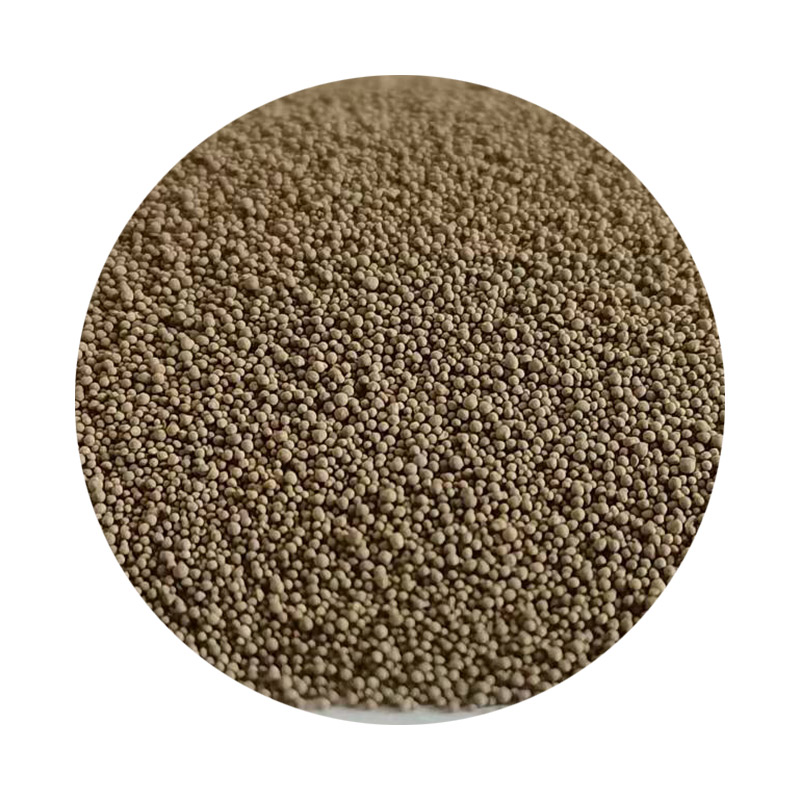What is Sand Casting Used For?
Sand casting, a popular manufacturing process, has been utilized for centuries to create various metal parts and components. This versatile method involves pouring molten metal into a mold formed in sand, allowing for the production of intricate shapes and sizes. The versatility and cost-effectiveness of sand casting make it a favored choice for many industries, including automotive, aerospace, and construction. In this article, we will explore the primary applications of sand casting and its advantages.
Applications in the Automotive Industry
One of the most significant applications of sand casting is in the automotive industry. Components such as engine blocks, cylinder heads, and transmission cases are commonly produced using this method. The automotive sector demands high-quality, lightweight, and durable aluminum parts, which sand casting can provide. The ability to cast complex geometries allows manufacturers to create products that meet strict performance and safety standards.
Furthermore, the automotive industry often requires low production runs alongside high variability in design. Sand casting meets these demands effectively, as it allows for prototypes or small batches to be produced at a reasonable cost. Manufacturers can quickly adapt designs to meet changing customer requirements or innovations in technology.
Aerospace Applications
The aerospace industry also benefits significantly from sand casting, especially when it comes to producing parts that are subjected to extreme conditions. Components such as turbine housings, brackets, and structural components are often created through sand casting methods. The lightweight nature of aluminum and magnesium alloys, which can be cast using sand casting, helps improve fuel efficiency and overall performance in aircraft.
One of the critical advantages of using sand casting in aerospace manufacturing is the ability to create parts that have intricate features and thin walls. This capability allows for the development of complex shapes that can enhance aerodynamics and reduce weight without sacrificing strength. Additionally, the process can accommodate various alloys tailored to meet specific performance requirements.
what is sand casting used for

Construction and Infrastructure
In the construction and infrastructure sectors, sand casting is used to produce various structural elements. Cast iron and aluminum components, such as manhole covers, gutter grates, and decorative elements, are often made using sand casting techniques. These products not only require durability but also aesthetic appeal; sand casting allows for both functional and visually attractive designs.
Moreover, the ability to customize molds and produce unique parts on demand makes sand casting an invaluable tool in construction. It supports tailored solutions for projects, allowing engineers and architects to achieve their design visions without excessive costs.
Art and Sculpture
Beyond industrial applications, sand casting is also a favored technique in art and sculpture. Artists and sculptors use the method to create bronze statues and other intricate artworks. The flexibility of sand molds allows for unique designs that reflect the artist's vision. This application highlights the creative potential of sand casting, bridging the gap between industry and art.
Advantages of Sand Casting
The popularity of sand casting can be attributed to several advantages it offers. First, it is relatively low-cost compared to other casting methods, making it accessible for businesses of all sizes. Second, the process can accommodate a wide range of metal types, including aluminum, bronze, and iron. Third, the ability to easily modify molds allows for rapid prototyping and design changes.
In conclusion, sand casting serves numerous industries by producing high-quality, intricate metal components used in a variety of applications. From automotive and aerospace to construction and art, its versatility and cost-effectiveness make it an essential manufacturing process in modern industry. As technology evolves, sand casting techniques will likely continue to adapt, further expanding its applications and benefits.
Post time:Ліст . 19, 2024 17:33
Next:Exploring the Role of Sand in Enhancing Metal Casting Techniques and Quality
